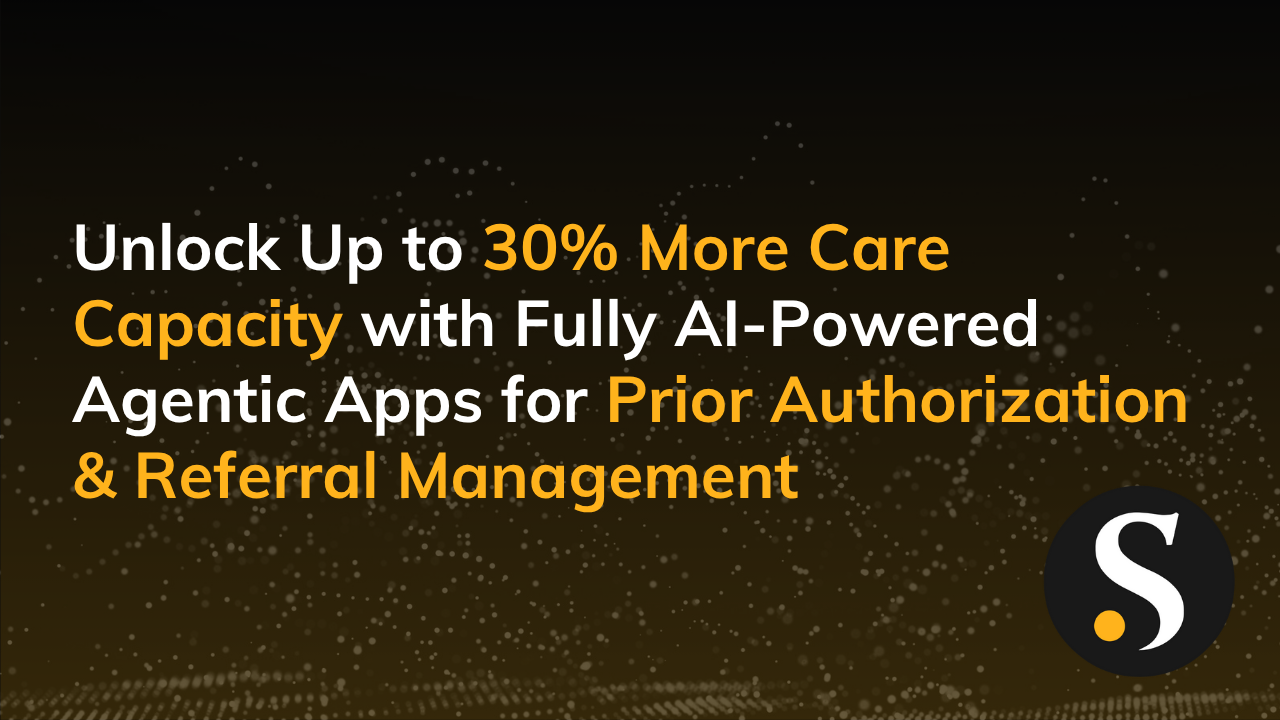The primary goal for any business is to keep customers satisfied. That’s why organizations put so much emphasis on capturing customer feedback by conducting surveys.
While a survey’s rating questions detect customer dissatisfaction, they don’t necessarily explain dissatisfaction. On the other hand, survey open-ended questions tend to give a robust picture of customers’ thoughts and sentiments. Here, customers have the freedom to express their views and opinions.
Although open-ended questions provide a vital perspective on customer feedback, most organizations fail to quantify their verbatim data and reap its full value. They either rely on word clouds or use AI-driven summaries that condense robust, meaningful information into simplistic positive, negative, or neutral values.
This is where verbatim analysis comes in. Using an algorithm to translate patterns or languages into themes, verbatim analysis turns customer comments into quantifiable information. From there, organizations can see their priorities and act.
Today we’re introducing a new series where we show you Power BI dashboard examples in the wild from our clients and partners. We collaborated with Martha Brooke, Chief Customer Experience (CX) Analyst & Founder of Interaction Metrics, to rightly put verbatims in the spotlight by interpreting and predicting actionable results with a high-participation Power BI dashboard.
Power BI Dashboard for Interaction Metrics
What’s the point of gathering verbatim data if you fail to act? If you’re looking for an effective means to understand and improve the customer experience, extracting value from your verbatims is essential.
Settling with word clouds or AI sentiment analysis won’t help you unlock the hidden value of verbatims. For this, you need scientific Text Analysis and a dashboard that lets you slice and dice text data to get meaningful answers from your open-ended survey questions. Power BI is one such powerful platform that helps you achieve that quickly.
The Challenge
“When it comes to surveys, customers’ answers to open-ended questions yield the most intriguing insights—in fact, in the survey business, verbatim comments are widely considered the gold,” said Martha. “But it can be challenging to show clients the insights and root causes that our Analysts work so hard to uncover.”
Companies often rely on survey scores, but they don’t hold all the value. It’s important to look beyond rating questions and focus on open-ended questions to discover insights and next step actions.
Interaction Metrics highlighted how open-ended comments didn’t align with the customer ratings in an anonymized client survey.
- If you look at the ratings, mostly customers reported their expectations were met.
- In the comments, the story was different. Customers complained that it took forever to reach an associate to get their issue resolved.
Word clouds and AI sentiment analysis didn’t really help clear up the picture of customer dissatisfaction. A solution was needed to quantify verbatim data and turn it into a real-time dashboard that would enable the client to indicate the actions they were taking.
Martha said: “With Power BI dashboards, our clients not only see survey insights, they know what next steps will drive customer satisfaction through the roof.”
The Strategy
The core strategy behind creating this Power BI dashboard was to create a real-time system that would turn text data into quantifiable information and offer actionable insights. In real-time, while a team of Interaction Metrics’ researchers comprehends and codes text data, the dashboard triggers insights that show the client where to act.
“This is a true, closed-loop customer feedback system. As Interaction Metrics Analysts code the data, our clients are specifying each action they’re taking to boost customer retention and resolve issues,” said Martha.
In addition to verbatim coding, Interaction Metrics showed us which tags and filters they needed to extract hidden information. For an effective interpretation of verbatim comments, we also included key metrics such as:
- Average Sentiment Score
- Percent of Substantive Verbatims
- Total Number of Cases
- Percent Tagged for Client Follow-Up
- Percent Tagged by Department
Using time analysis, we further divided the data to get quantifiable information in the form of:
- When is feedback coming in?
- How have the scores changed over time?
Finally, we added visualization capabilities to show themes as they emerged in rank order priority.
The Result
The Power BI dashboard enabled Interaction Metrics and their client to work simultaneously within the Text Data to reap insights. We’re learning this is the reality of how customer experience transformation happens—through exacting research analysis, coupled with concrete action steps taken by the client, and then using tools like Power BI to quantify change.
“Quite simply, a Power BI dashboard is a great way to reap insight from customers’ verbatim comments. Techniques like word clouds are useless, and other types of dashboards are not adequately filterable,” said Martha.
“The fact is it doesn’t matter what your Net Promoter or Satisfaction Score is if you are uncertain why you have that score. A Power BI Dashboard based on research coding will give you the answers you need to make sense of the surveys you’re doing every day.”
Need to tell more powerful data stories? Contact us to build a Power BI dashboard that gets it done.




